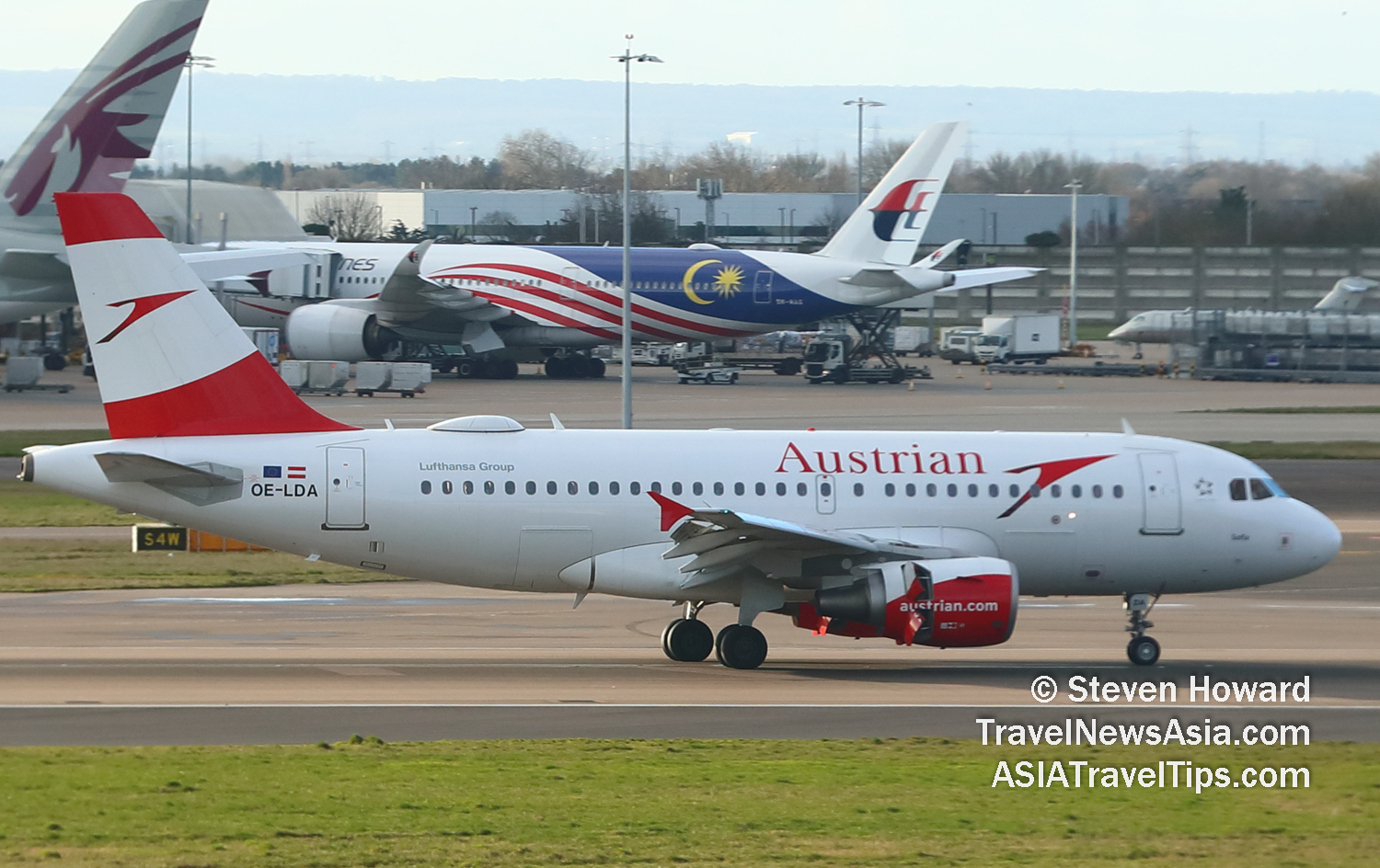|
Austrian Airlines has predicted that by the end of
2021 demand will have only reached a maximum of 75% of what it was
pre-COVID19.
Austrian Airlines Executive Board member and CCO,
Andreas Otto, said, �The entire airline industry is pessimistic.
We have to assume that we will reach the �pre-corona level� again
in 2023 at the earliest.�
The flight operations of Austrian Airlines have
been at a standstill since 18 March 2020 as a consequence of the
global pandemic.
Austria�s national airline is now preparing to
realign its fleet to reflect the decrease in demand.

In addition to the phase-out of the original 18
Dash turboprops, which was decided and started in 2019, all seven
A319 jets and three of the six B767s are to be retired by 2022.
The Boeing 767 aircraft are OE-LAT, OE-LAW and
OE-LAX, which are among the oldest aircraft in the fleet with an
average age of 28 years. The other three B767s are between 19 and
21 years old.
Austrian�s entire fleet currently has an
average age of 15.4 years and by phasing out older aircraft, the
age will decrease to 14.6.
The fleet currently numbers around 80 aircraft and
the phase-out of the turbo-prop fleet and the phase-in of A320s
would have reduced it to 70. The restart plan now envisages a
fleet of around 60 aircraft in 2022, nine of which will be
long-haul aircraft. The adaptation of the fleet is to take place
in stages.
"We got into this crisis through no fault of our
own. Now it is our responsibility to make Austrian Airlines fit
for the future after Corona. We want to retain our long-haul hub,
even if we have no other choice for the time being but to adapt to
the somewhat smaller market. Being fit for the future also means
that we must be in a position to finance our aircraft, charges,
wages and investments, and of course also to repay any charges and
loans from Corona grounding," said Austrian Airlines CEO, Alexis
von Hoensbroech.
See latest
Travel News,
Interviews,
Podcasts
and other
news regarding:
Austria,
Austrian Airlines.
|
Headlines: |
|
|

